'The Great Swindle' by Santiago Montoya at London's Halcyon Gallery

There's a lot of cash at stake in 'The Great Swindle', Santiago Montoya's exhibition at London's Halcyon Gallery. And not simply because the Colombian artist's vast canvases - portraying the revolutionaries who stare out somberly from banknotes and the sublime landscapes printed on the flipside - are likely to resonate with collectors.
Money is the canvas in most of his works, impressed with machine-like repetition onto blocks of stainless steel or looped through slots in the metal like wads stuffed dubiously into a suitcase.
To amass it all, Montoya traded with currency collectors the world over, even travelling to India to secure cases of rupees, renminbi and old North Korean won, some discontinued, some still in play.
As a result, says Montoya, 'the money has been built into the value of the art'.
The banknote-canvases put into sardonic perspective the tenuous relationships between superpowers like Britain, China and Venezuela. In 'Money Talks', for instance, Montoya arranges the American and Chinese currencies in spellbinding contrast so from a distance they appear to spell out 'blah'.
'So Be It', a play on the word 'Soviet', is a grid of rubles featuring the churches in Red Square - powerful Soviet icons despite their disdain for religion.
Montoya's fascination with the zero plays a role in arresting neons where the digit forms the centre of a Greek zephyrus, that flowering pattern of zeros commonly seen on banknotes. Or he'll laser-cut zeros out of painterly notes and suspend them in blocks of glass. 'There's a certain grandeur in the zero,' he says by way of explanation. 'This eternal recurrence becomes so mesmerising you forget it signifies nothing.'
The exhibition's magnum opus depicts South American liberator Simón Bolívar as he appears on the Venezuelan currency (the bolivar, natch). Montoya laboured on it outside his Bogotá home, the only space large enough to spread the canvas, propping a projector on stacks of furniture and using real petroleum as his ink. In Bolívar's pupils, you can just make out the contour of an oil derrick.

Montoya's fascination with the zero plays a role in arresting neons, where the digit forms the centre of a Greek zephyrus, that flowering pattern of zeros commonly seen on banknotes. Pictured is 'Zephyrus (II)', 2012
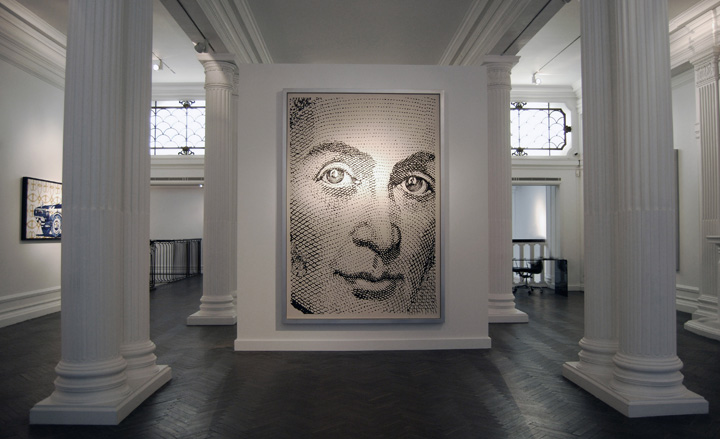
The exhibition's magnum opus is 'The general and his labyrinth', 2009, depicting South American liberator Simón Bolívar as he appears on Venezuelan currency
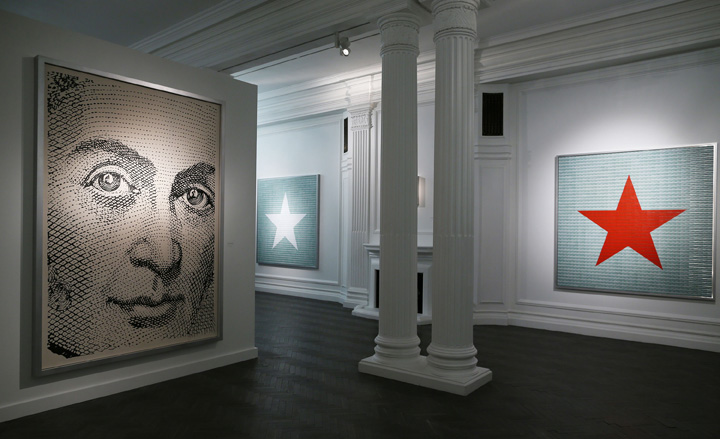
From left: 'The general in his labyrinth', 2009; 'Wishing stars (III)', 2012 and 'Wishing stars (II)', 2012

'Fish and ships', 2012
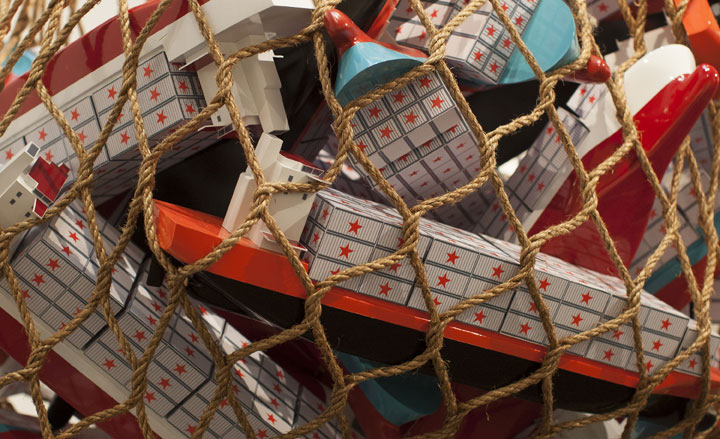
'Fish and ships' (detail), 2012
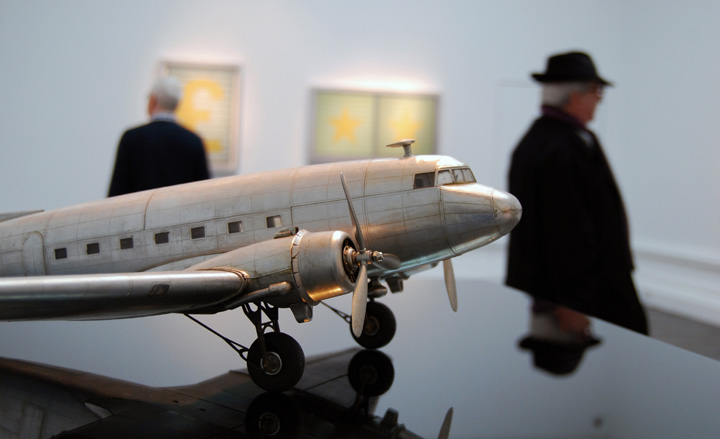
'Maquette for a dream', 2012 is fashioned from aluminium, rubber, steel and acrylic paint
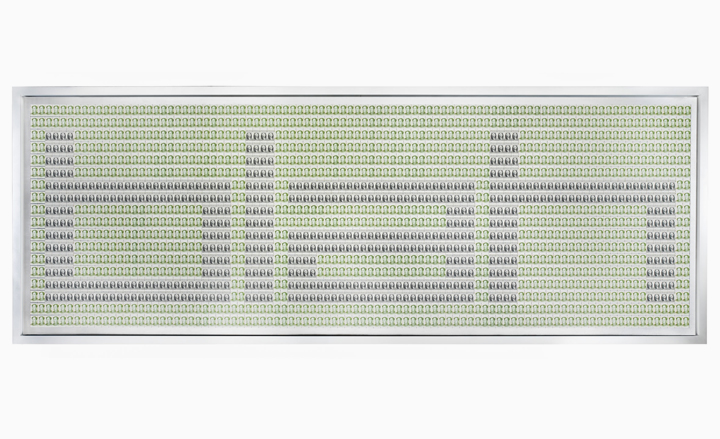
'Money Talks', 2012. Here, Montoya arranges the American and Chinese currencies in spellbinding contrast so from a distance they appear to spell out 'blah'
ADDRESS
144-146 New Bond Street,
London,
W1S 2PF
Receive our daily digest of inspiration, escapism and design stories from around the world direct to your inbox.
Based in London, Ellen Himelfarb travels widely for her reports on architecture and design. Her words appear in The Times, The Telegraph, The World of Interiors, and The Globe and Mail in her native Canada. She has worked with Wallpaper* since 2006.
-
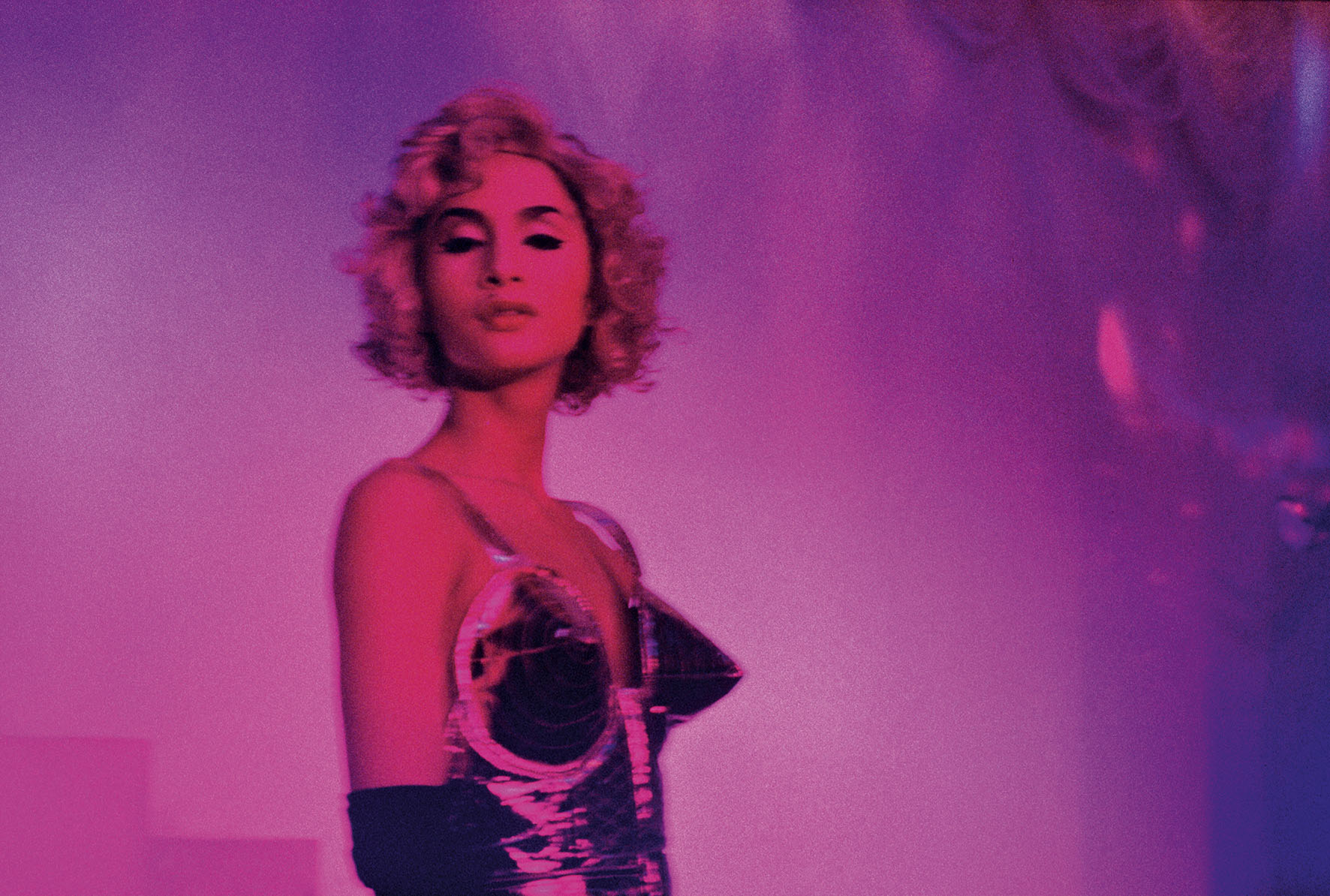 The most comprehensive showing of Nan Goldin’s photographs and films is intense and emotional
The most comprehensive showing of Nan Goldin’s photographs and films is intense and emotionalNan Goldin's moving-image work makes a heavy impact in ‘This Will Not End Well’ at Milan’s Pirelli HangarBicocca
-
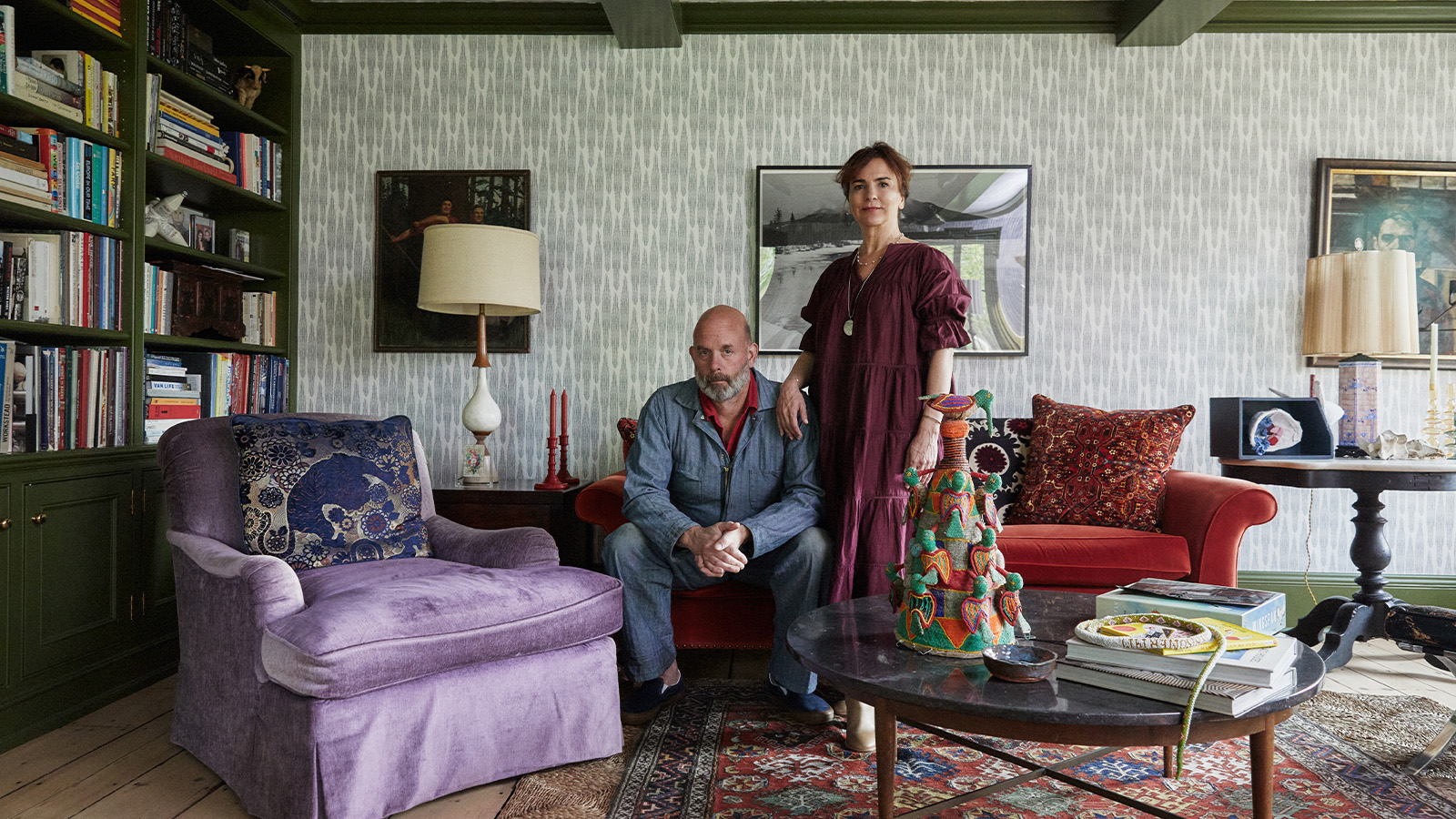 How We Host: Interior designer Heide Hendricks shows us how to throw the ultimate farmhouse fête
How We Host: Interior designer Heide Hendricks shows us how to throw the ultimate farmhouse fêteThe designer, one half of the American design firm Hendricks Churchill, delves into the art of entertaining – from pasta to playlists
-
 Arbour House is a north London home that lies low but punches high
Arbour House is a north London home that lies low but punches highArbour House by Andrei Saltykov is a low-lying Crouch End home with a striking roof structure that sets it apart